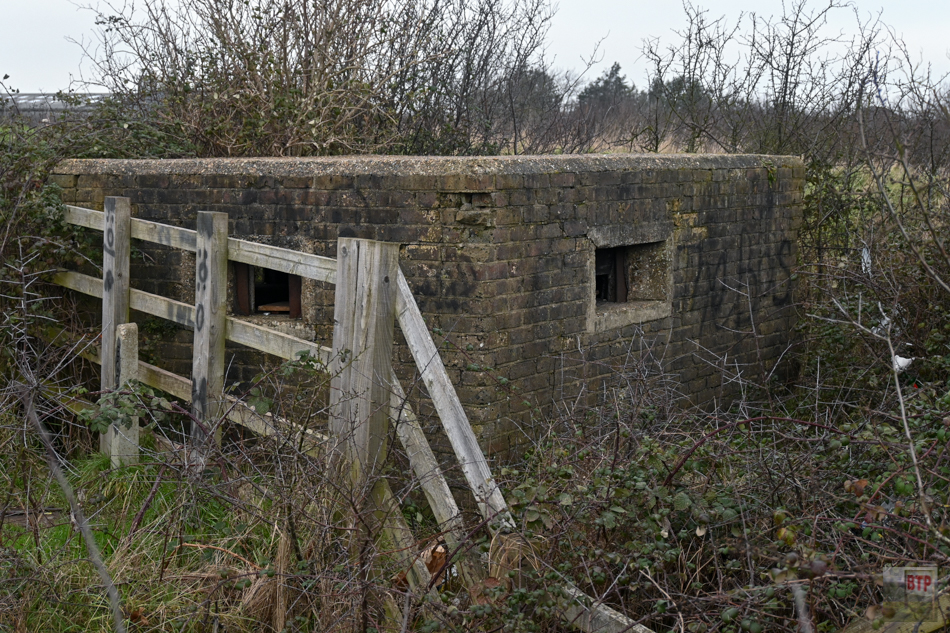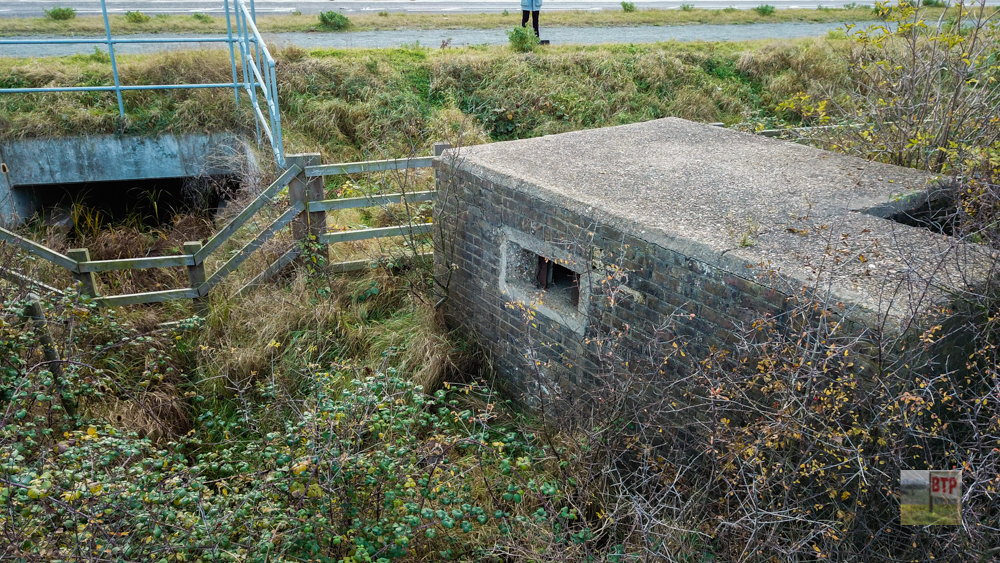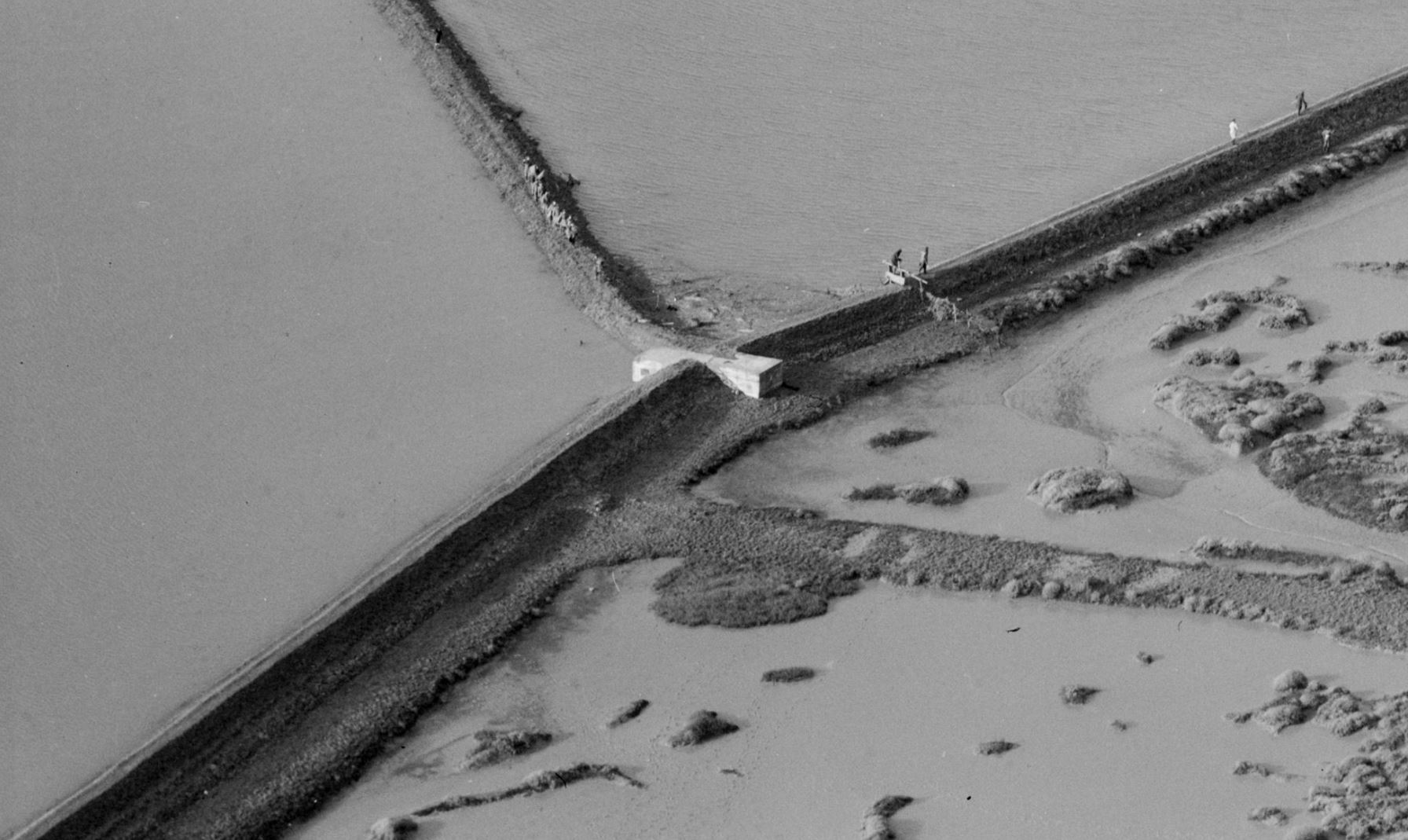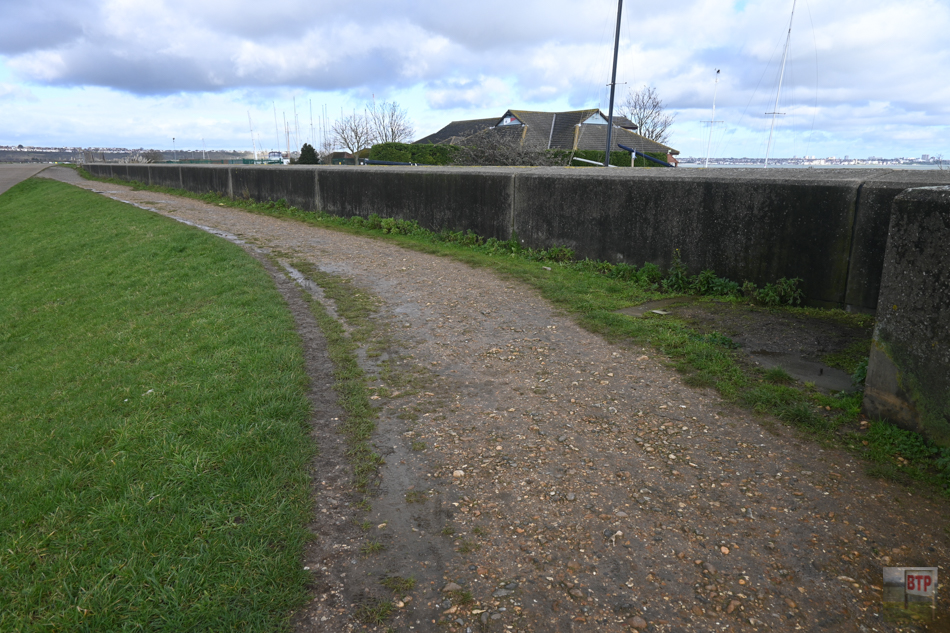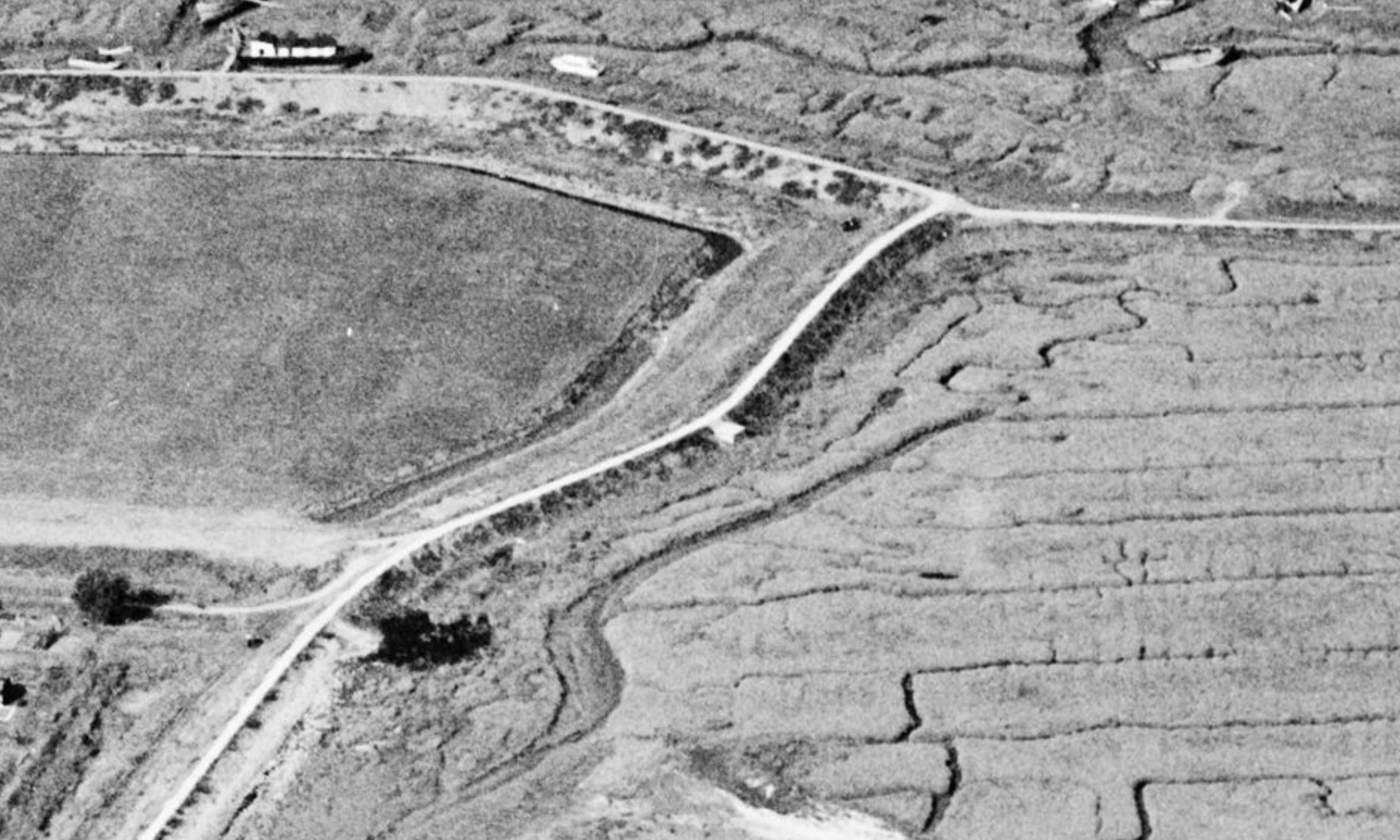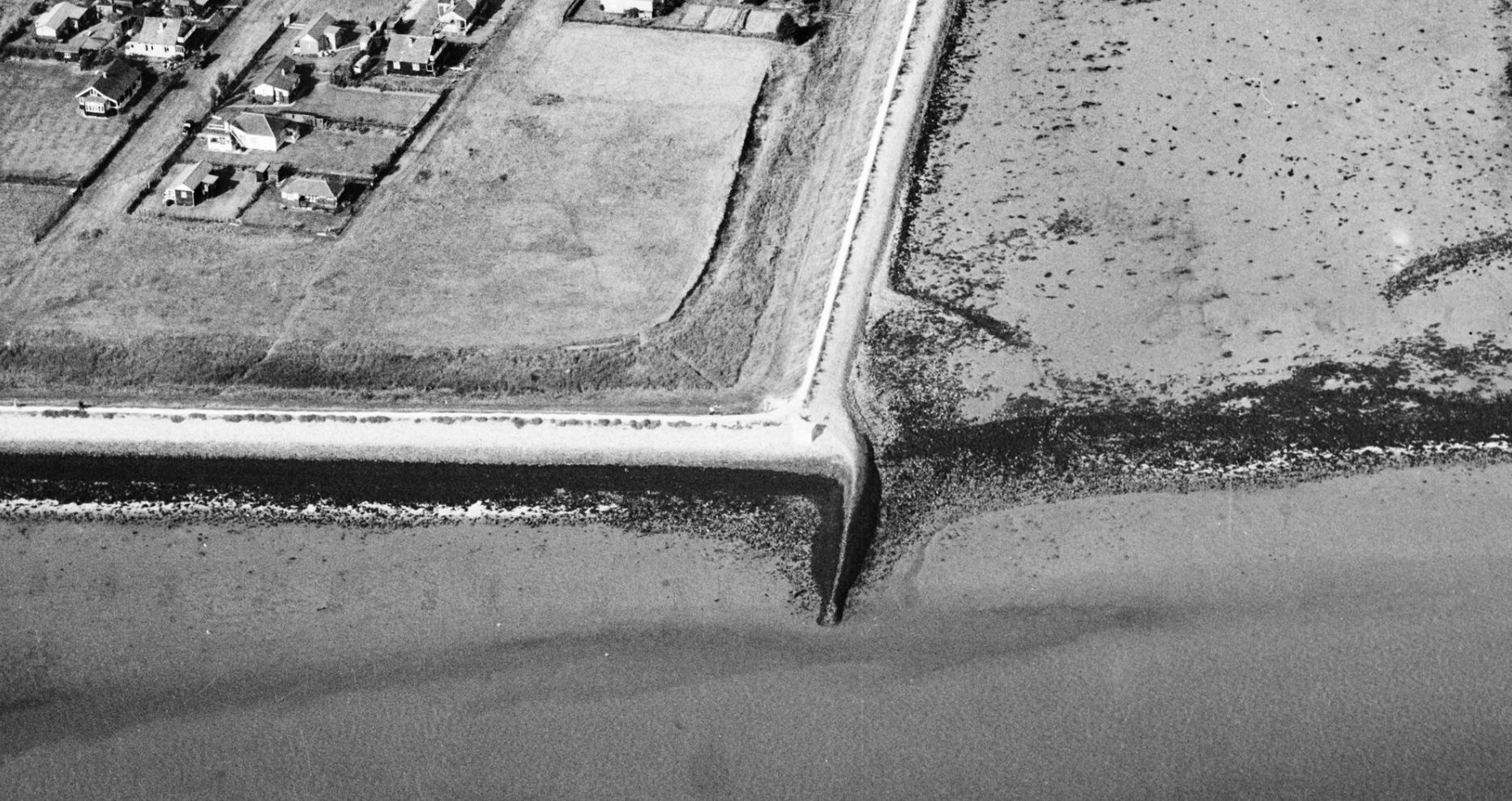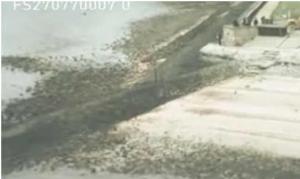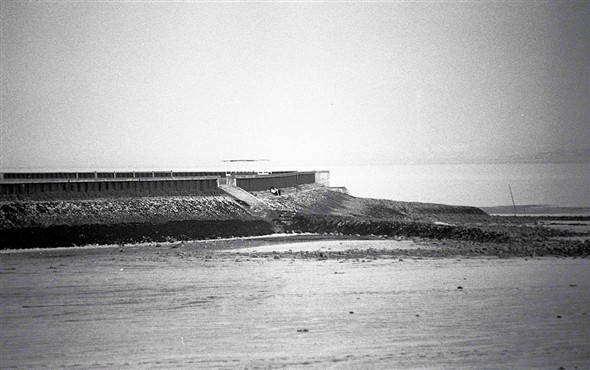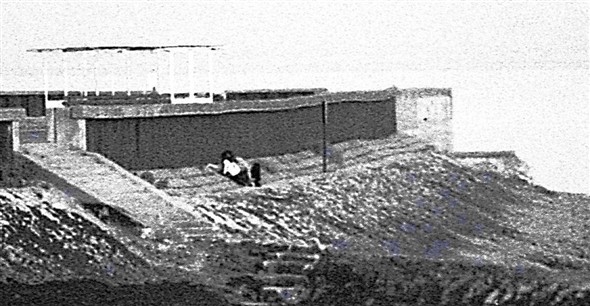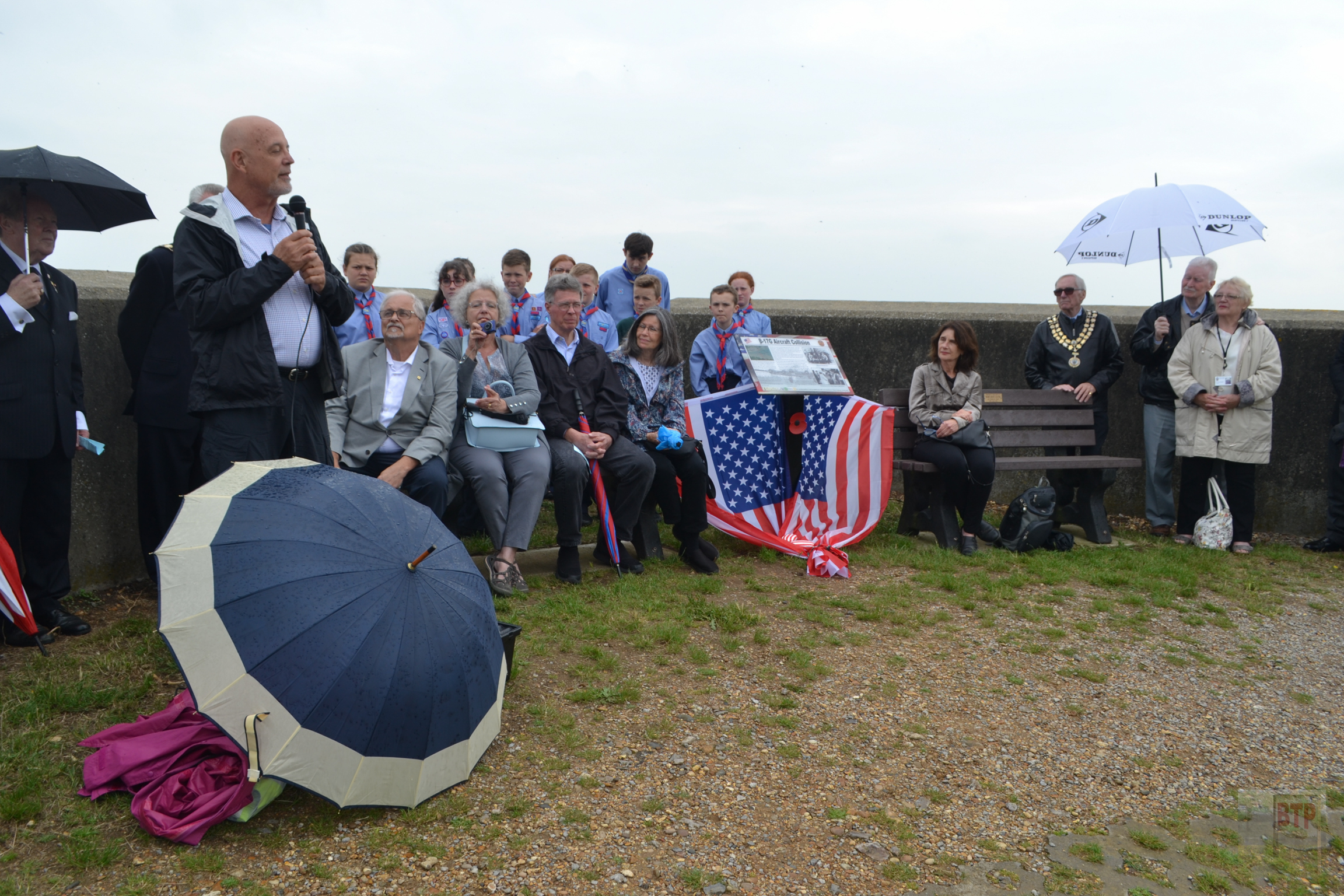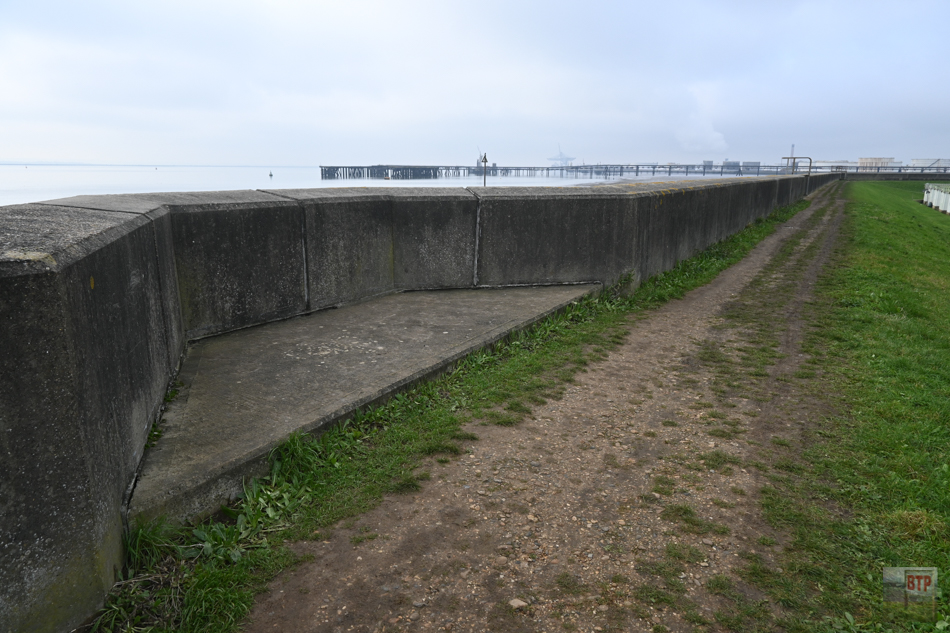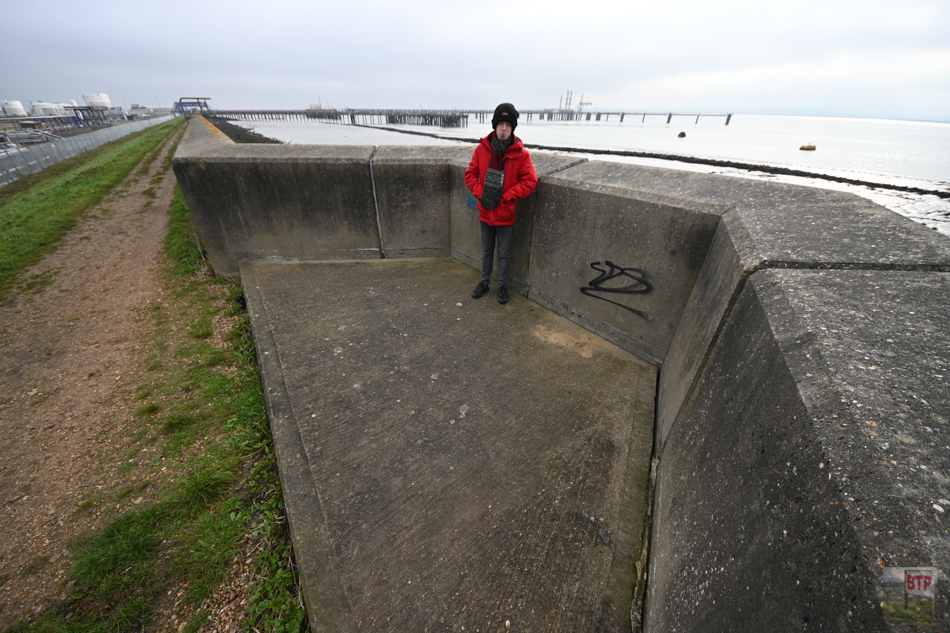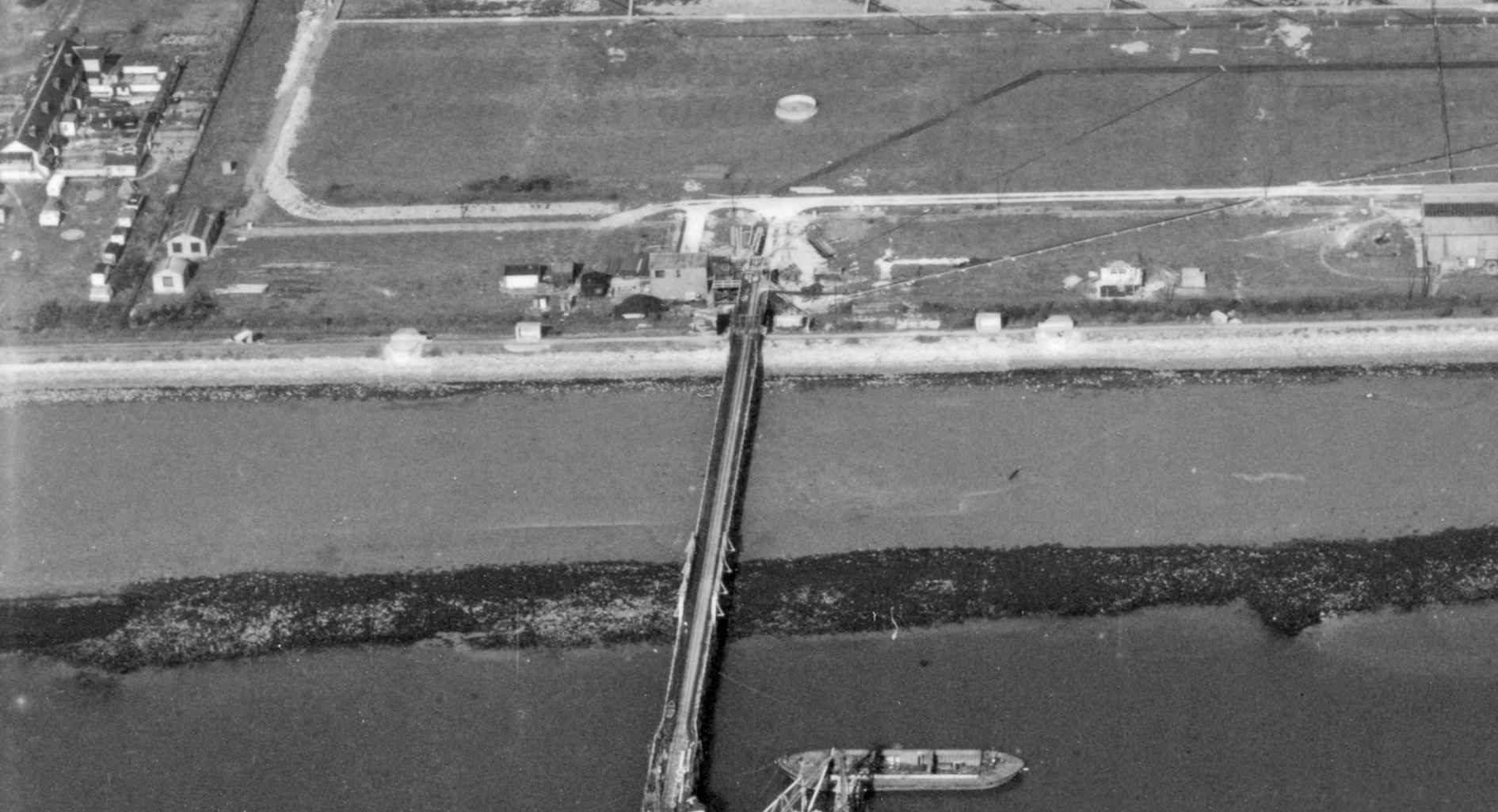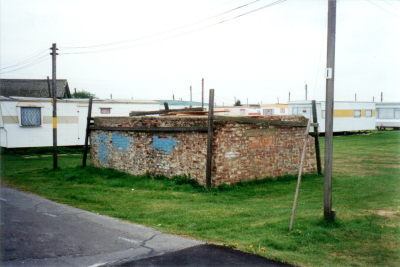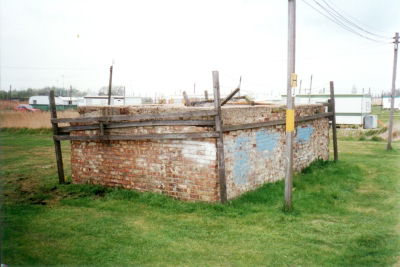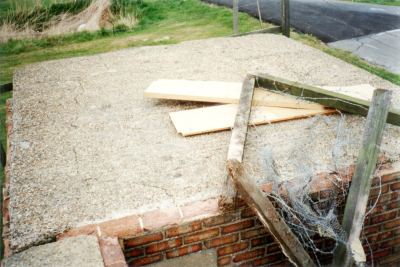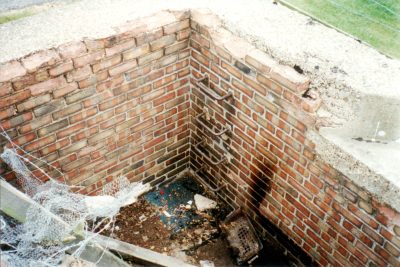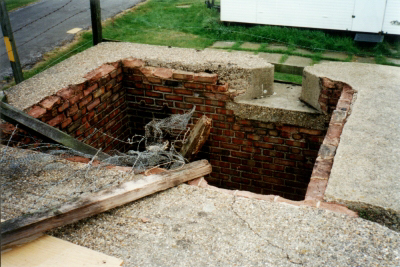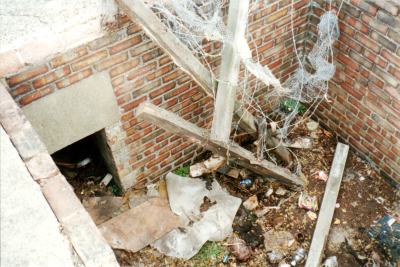In the early Second World War – being 1939 or 1940, a total of nine pillboxes, along with other defences and bunkers, were built across Canvey Island. Canvey Island formed the start of the first line of defence against an invasion coming towards Western England from the Germans. This line is known as the GHQ line, and was intended to mainly protect factories producing equipment which was needed to keep Britain fit and fighting. At least 11 pillboxes once existed, with around 9 present around the seawalls, but now only one survives inland which escaped the seawall’s reconstruction in the late 1970s. Some may have been buried under the new wall.
The Last Surviving Pillbox
Today, only a handful of WW2 structures remain on the island, plus the final out of eleven or more pillboxes. The last one, a Type FW3/98 (extremely rare in Essex) for those keen enthusiasts, stands today off of Haven road, on the side of the new Roscommon Way extension.
This extension has done the pillbox nothing but a good revitalization, as it previously was partially engulfed by trees and bushes. What is also good now, is that you can follow the roadside path to access it, rather than having to go leaping over barbed wire fences to say the least. Before I was truly into Canvey’s history and remains, I visited the pillbox in what must have been 2010. It had much litter inside it, from a mattress, to the bones of an animal. Now, the inside has been cleaned out, and the bushes which obstructed it removed. It now stands in reasonable condition, maintaining all outer layers although with some signs of crumbling. Camouflage nails are visible. It’s entrance was for a long time neatly sealed off with a wire mesh, although as of 2021 has since bee ripped off and is now full of litter.
One thing to note for those who don’t know much about pillboxes, is that the holes, called loops, were too small to house a medium belt-fed machine gun capable of cutting down hordes of approaching enemies. Instead, the average British pillbox was designed to be used to fire only a rifle or light machine gun (a machine gun operable by a single man). This pillbox has a smaller loophole near the door probably for close defence with a pistol.
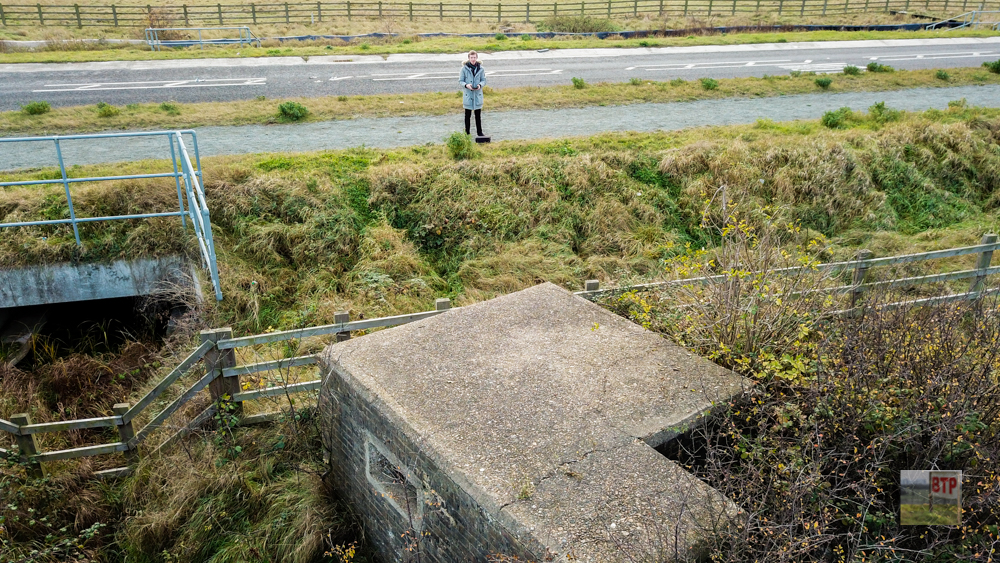
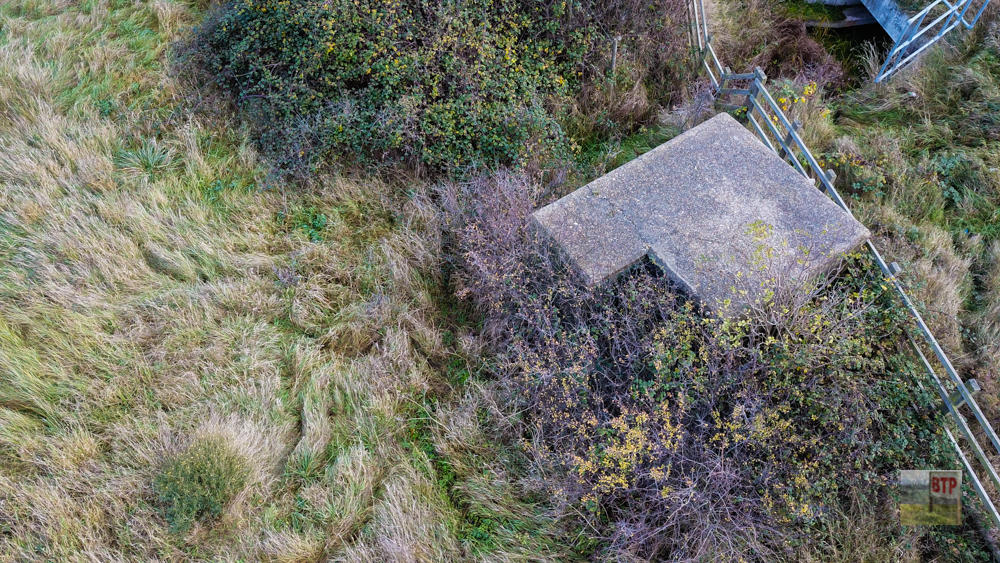
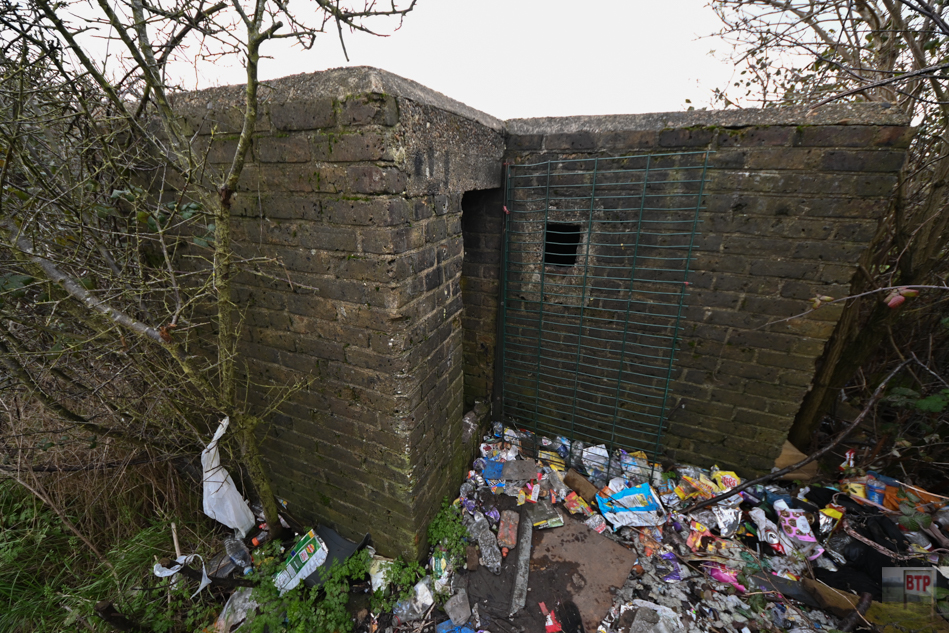
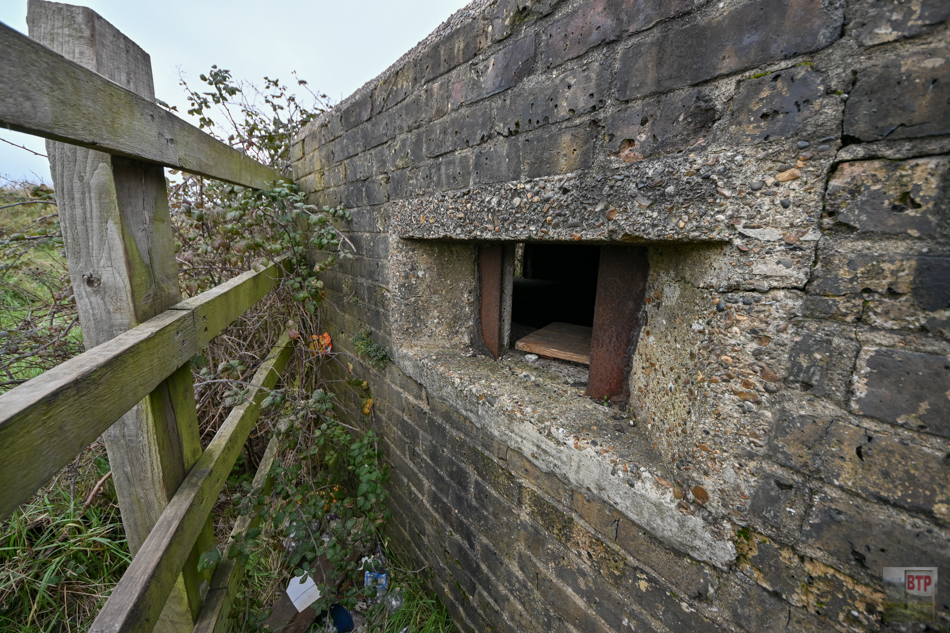
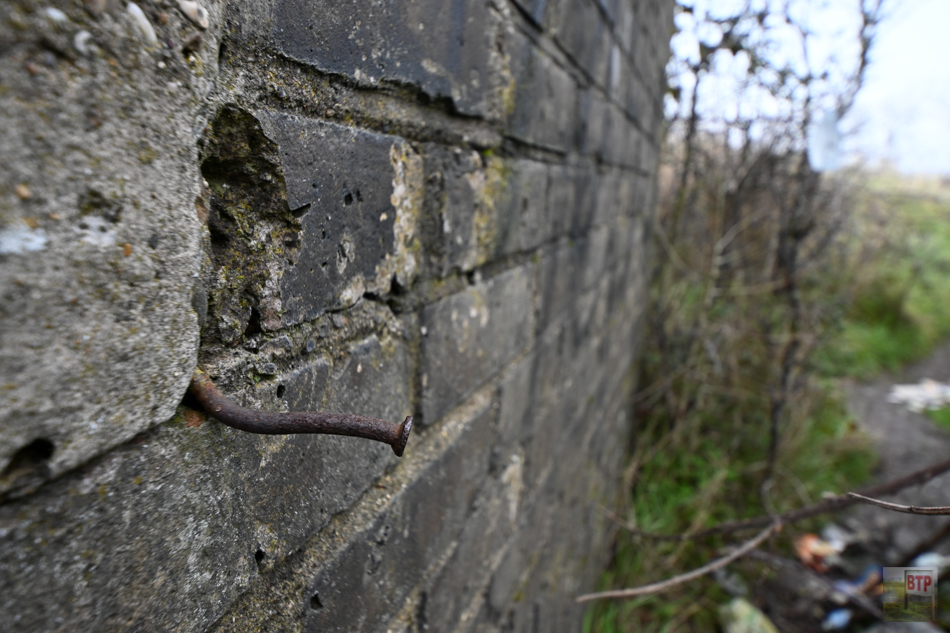
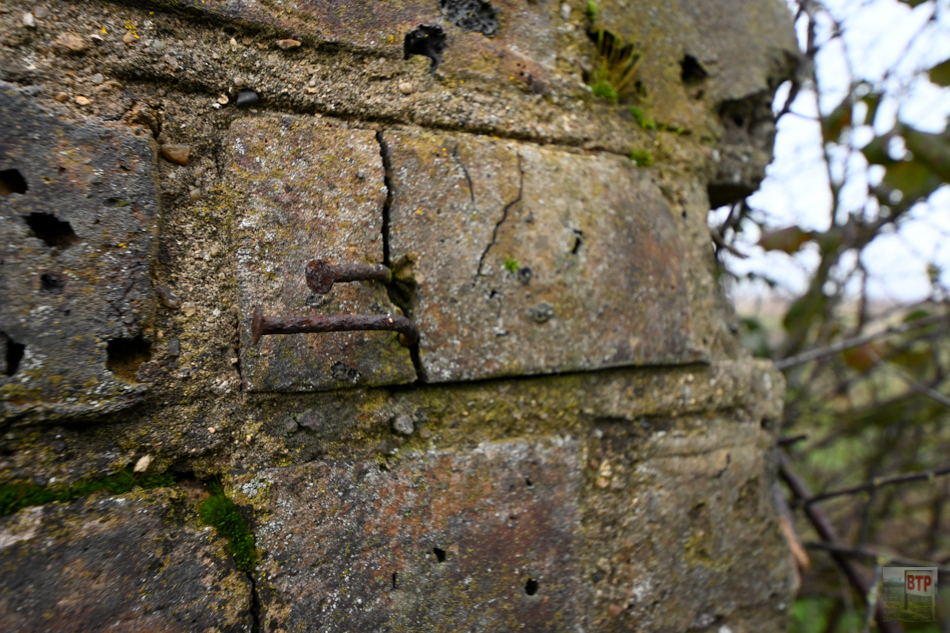
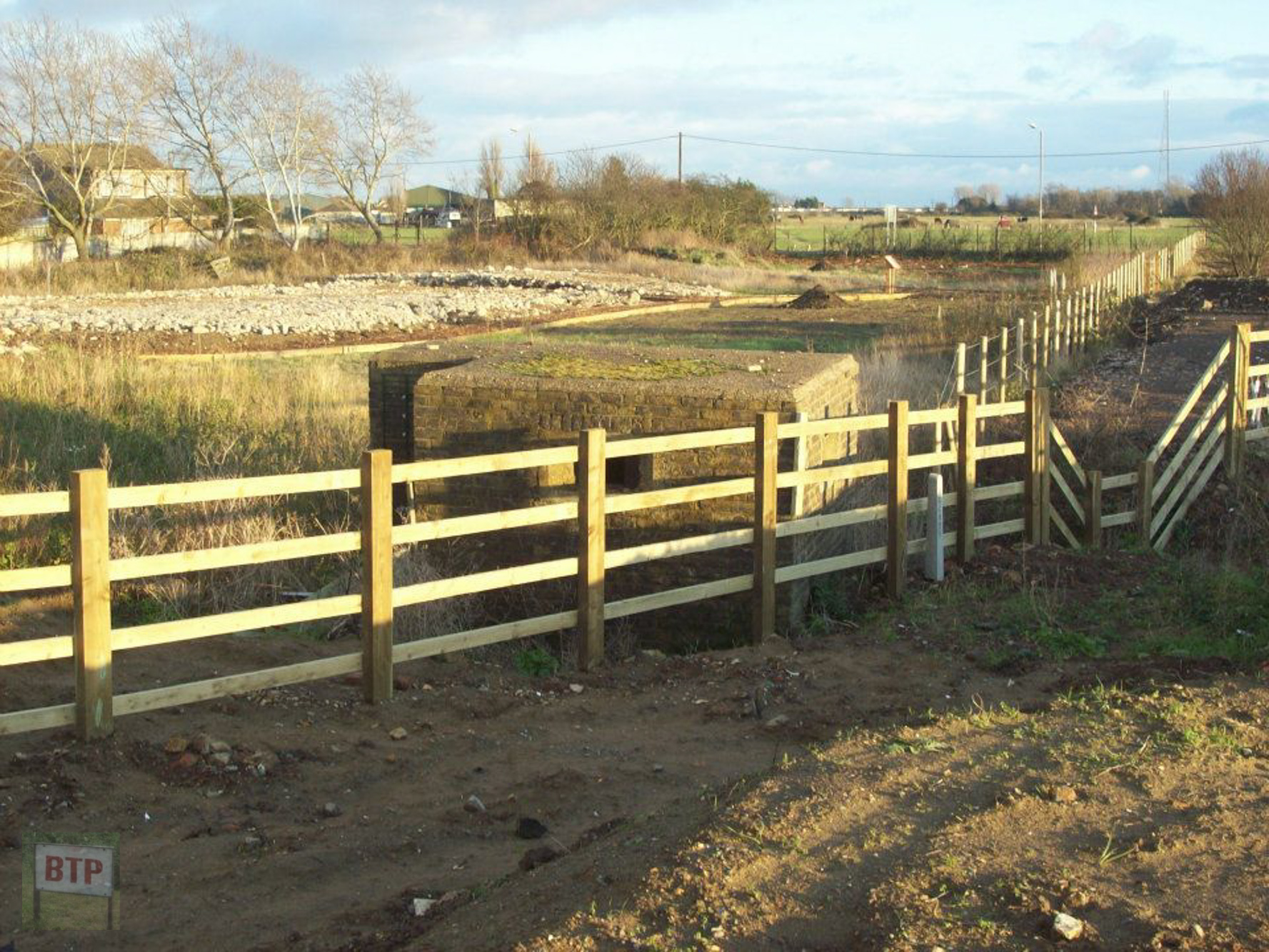
c.2013 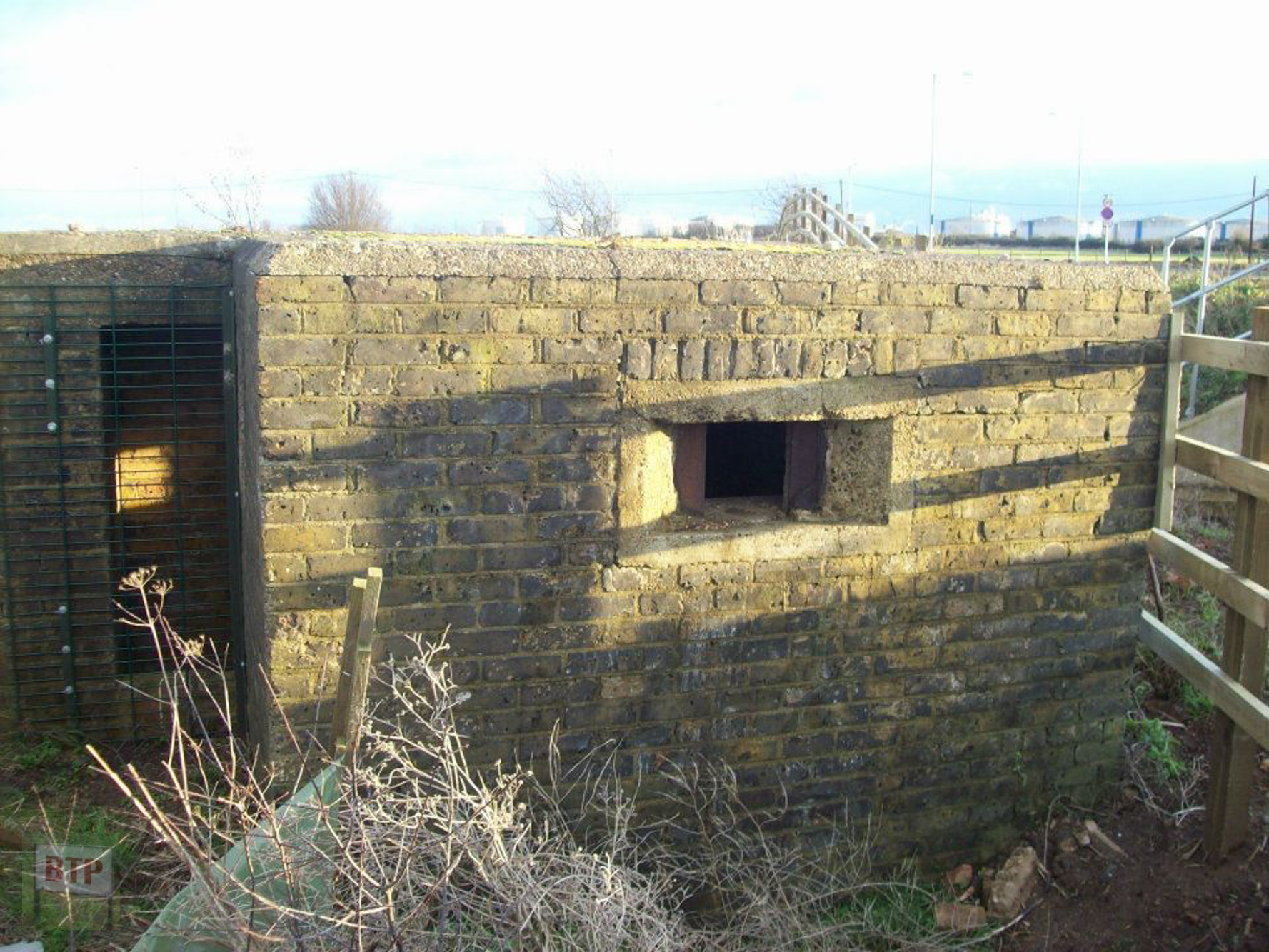
c.2013 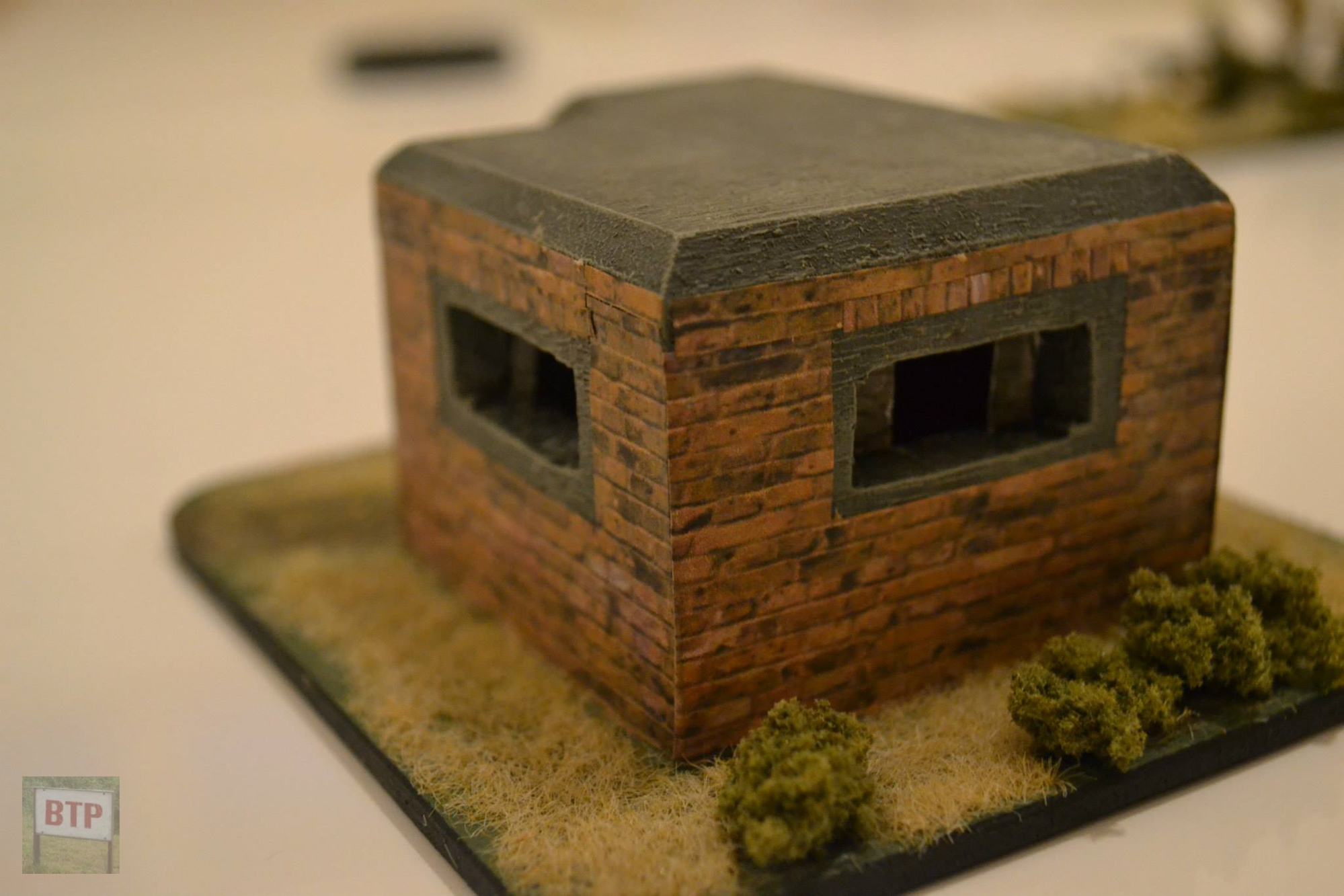
Scale model 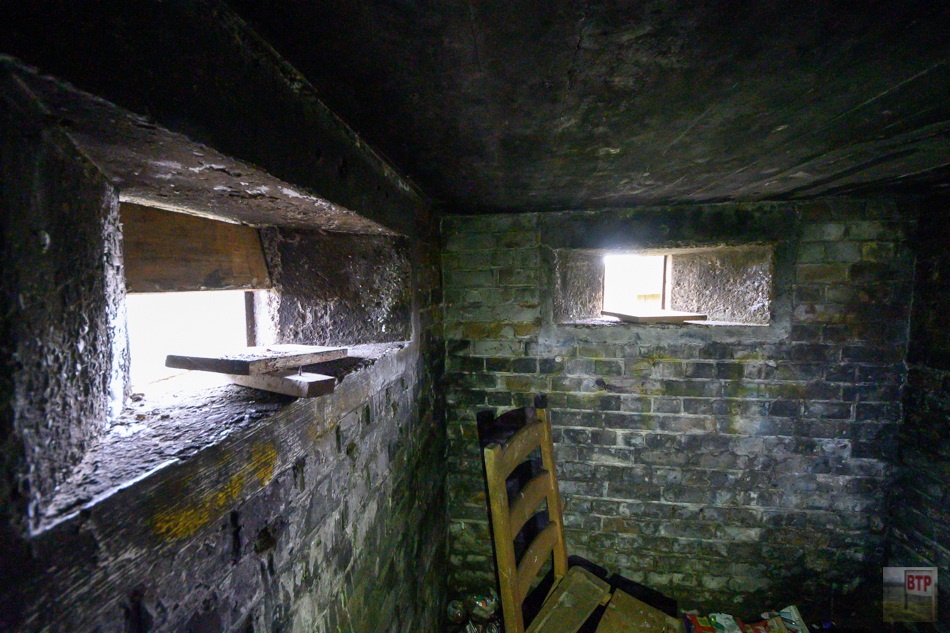
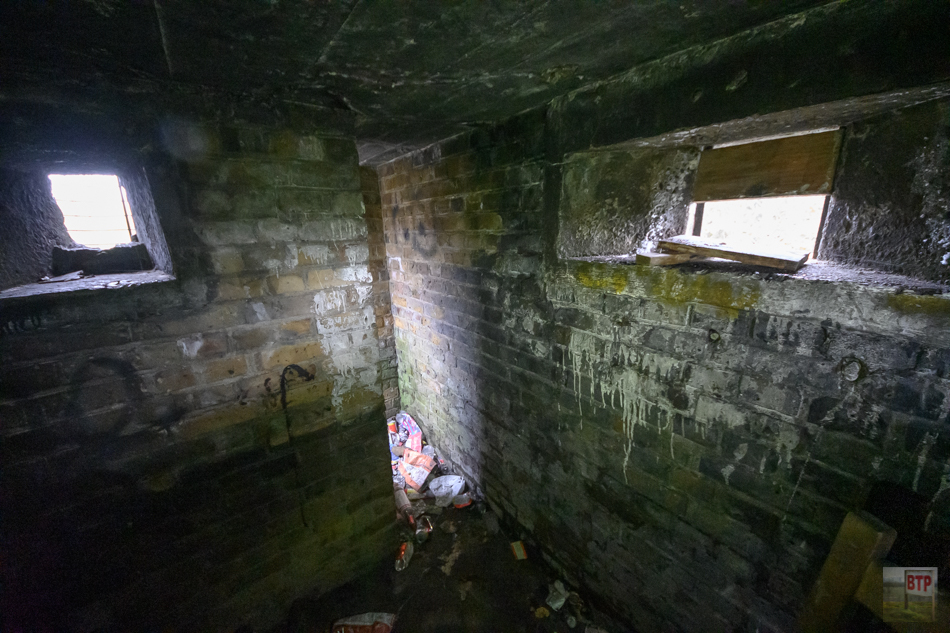
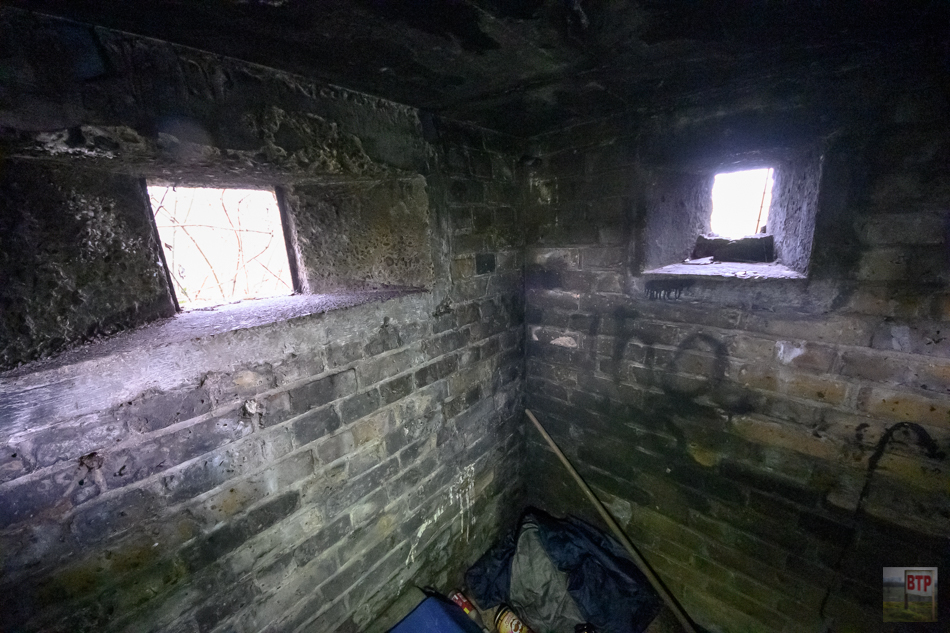
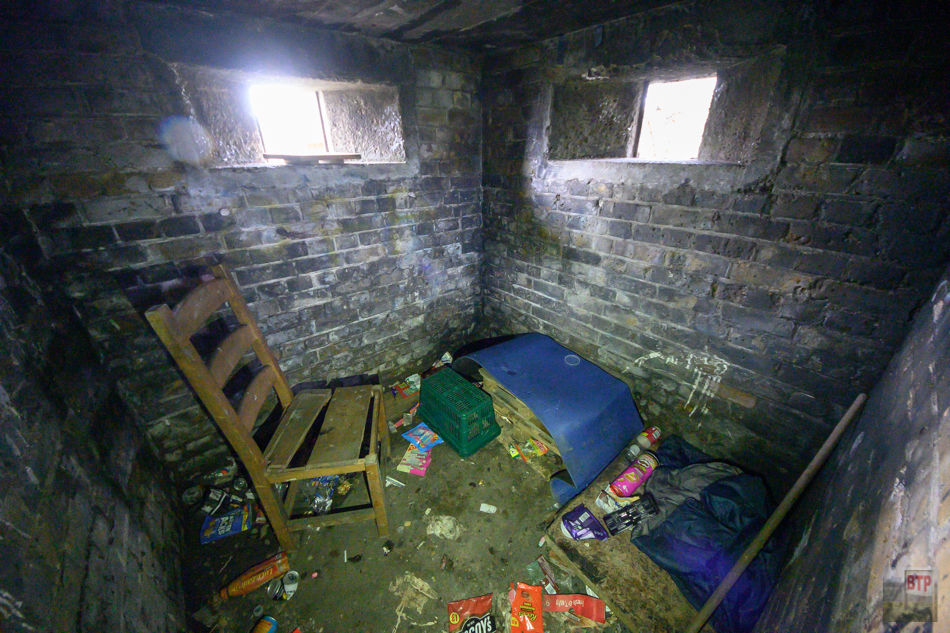
The Other Lost Pillboxes
Most of Canvey’s pillboxes now lost to the construction of the current late-1970s’ seawall were of the Essex Lozenge through-the-wall variety. However, many of these had square fronts rather than hexagonal ones as seen more commonly in Essex’s coast, such as the Dengie and Paglesham. Below are just a few of the many that once existed, and others can be spotted in Britain From Above‘s post-war photography of the island. You can the sites of them today in our video at the top of the page.
Canvey Newlands
This Essex Lozenge pillbox once stood on the seawall facing the Hadleigh Ray part of the Thames Estuary. It can be seen in this picture during the 1953 Canvey Floods. Today, a large area of seawall earthen bank stands in its place where a footpath slopes up to the wall. It is possible it is buried under there at least partially.
Canvey Point: Sailing Club
One through-the-wall Lozenge style pillbox was known to stand facing Canvey Point near the sailing club. It can be seen in this aerial post-war image from Britain From Above. A concrete outcrop from the wall is visible today, but this is not big enough to have been built wholly around the pillbox so may be unrelated. At the bottom of the wall, a concrete base is visible; probably just a pathway area, but broken older concrete is also visible which may be from the pillbox.
Canvey Point: B17 Memorial Corner
This Essex Lozenge type pillbox was once at the sharp right angle in Canvey’s seawall towards the Point – now the B17 crash memorial (pictured). It is visible on post-war aerial photography from Britain From Above. After looking at old footage of Canvey from around the late 1970s, I found some brief low quality footage of what is probably this pillbox shortly before demolition. It can be seen at the sea wall’s corner. The pillbox can be seen again in this early 1980s photograph taken just before it was demolished with the construction of the new wall.
Canvey Gas Terminal Defences
Several through-the-wall pillboxes were situated along the Canvey seawall between Thorney Bay and Hole Haven/The Lobster Smack. These defended the 1930s’ gas terminals which still function today under Calor Gas. In wartime, these were strategically important, and the pillboxes were placed either side of its jetties which still survive probably in case they were used for enemy landings. Today, hexagonal outcrops on the modern seawall are visible at their sites. Dave Bullock suggests this is because the concrete pillboxes were too expensive and tough to demolished and hence they were simply buried with the seawall built around them. This would appear correct, and the pillboxes likely survive buried under the bank.
Deadmans Point Battery, Thorney Bay
The coastal defence gun batteries at Thorney Bay were equipped with many pillboxes both along the seawalls and inland for perimeter defence. Fred Nash’s 1990s photographs of Deadmans Point battery shows a sorry-looking pillbox with its roof demolished, and another one intact (or the same one at different times). They were demolished shortly after. You can learn about the Thorney Bay gun batteries here.

